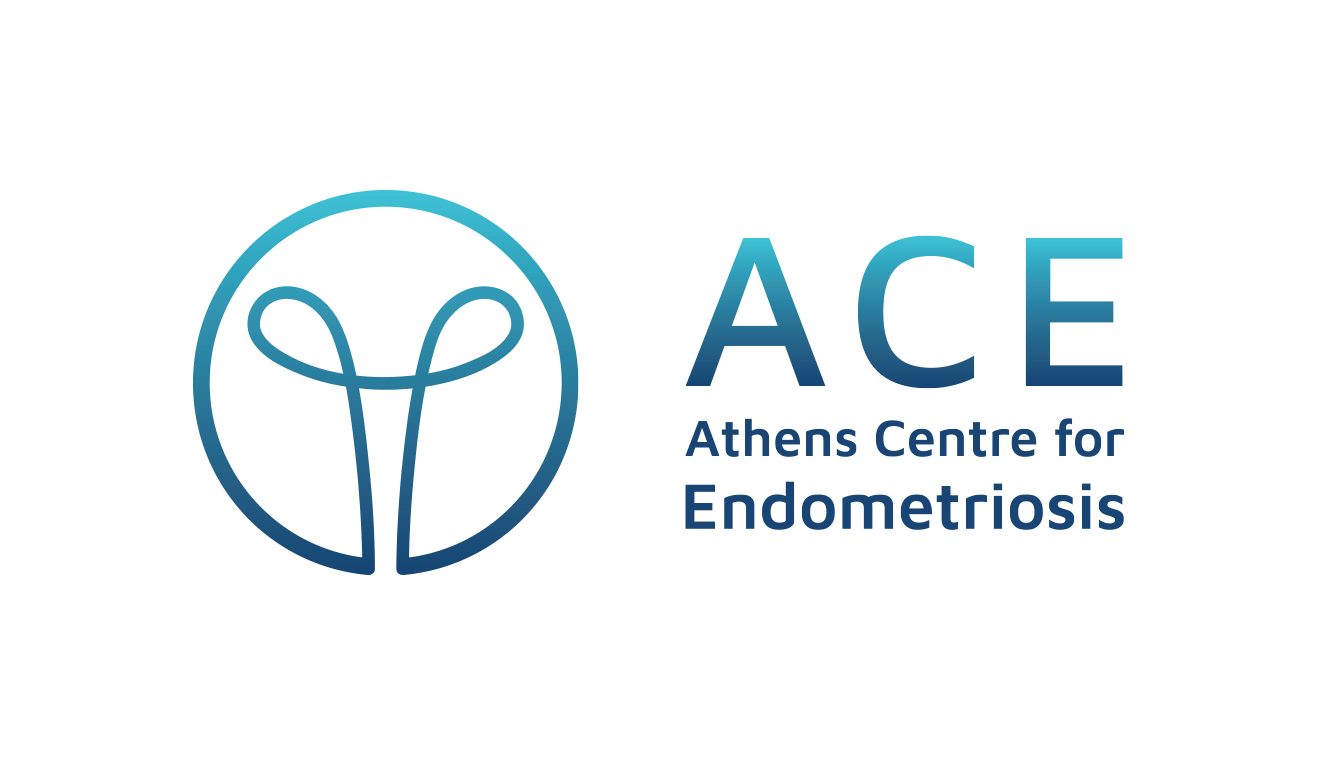Thoracic endometriosis is a form of extra-pelvic endometriosis that occurs when endometriosis lesions affect the diaphragm and lungs. Endometriosis lesions can be found on the dome of the diaphragm, lung parenchyma, visceral and parietal pleura, and even on the tracheobronchial tree. Because of the variety of organs involved, it is one of the most complex forms of endometriosis to treat surgically.
Endometriosis of the diaphragm
The diaphragm is a thin muscle that separates the abdominal cavity of the thoracic cavity and the main muscle involved in breathing. When endometriosis affects the diaphragm, most of the time, it is the right side, however it can also affect both sides.
One of the reasons why endometriosis of the diaphragm can be so easily overlooked during surgery, is because it has a tendency to hide behind the liver and other structures of the upper abdomen, making it difficult to visualise during laparoscopic surgery.
Endometriosis of the lungs
Pulmonary endometriosis is, according to statistics, a relatively rare form of endometriosis and, according to its clinical-pathological symptoms, it is included in the category of “thoracic endometriosis syndrome”. Pulmonary endometriosis represents the presence of endometriosis lesions in the pleura, the thoracic part of the diaphragms, or the lung parenchyma.
Thoracic surgery
Depending on the affected parts, surgery for diaphragmatic and thoracic endometriosis can be either laparoscopy or virtual assisted thoracic surgery known as VATS.
When endometriosis lesions affect the diaphragm, depending on their extent, the liver might be mobilised during surgery.
What is VATS
VATS is a minimally invasive surgery done by a thoracic surgeon and it allows doctors to see inside the chest and lungs. Compared with traditional thoracic procedures, the VATS technique offers considerable benefits to patients.
VATS allows for the direct visualisation of endometriosis lesions, and the ability to resect or desiccate apical blebs, parenchymal implants, or diaphragmatic implants.
